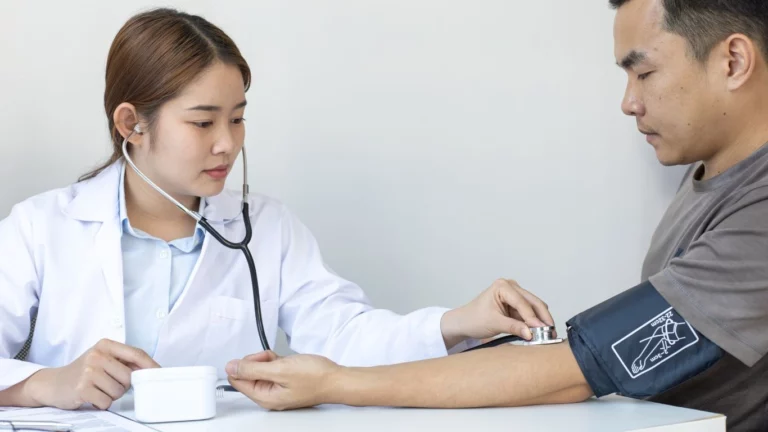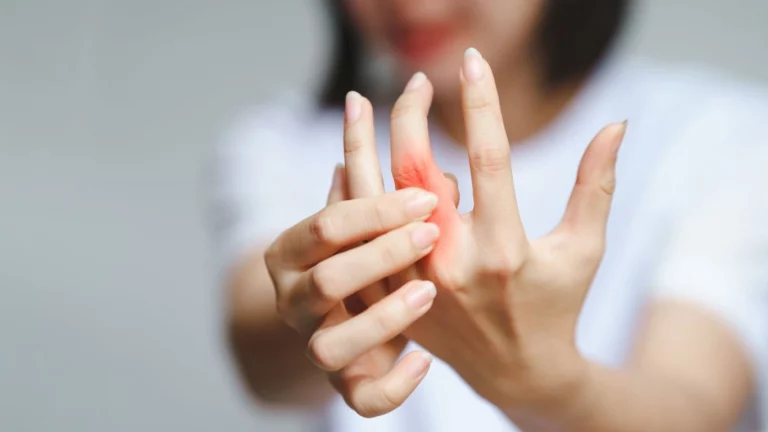Struggling to Lower BP? Try the Best Antihypertensive Bedtime Routines
If you’re anything like many of my patients, you’ve probably heard a thousand times that managing blood pressure is a 24/7 kind of commitment. But what often gets overlooked is *how much our bedtime habits can influence blood pressure control.* Over the years, I’ve had countless conversations in clinic rooms about medication schedules, sleep hygiene, and stress triggers—especially in patients struggling with early morning BP spikes. So today, I want to chat about something I wish more folks paid attention to: the best antihypertensive bedtime routines. Yep, your nightly habits can absolutely make or break your blood pressure game.
Why Bedtime Routines Matter in Hypertension
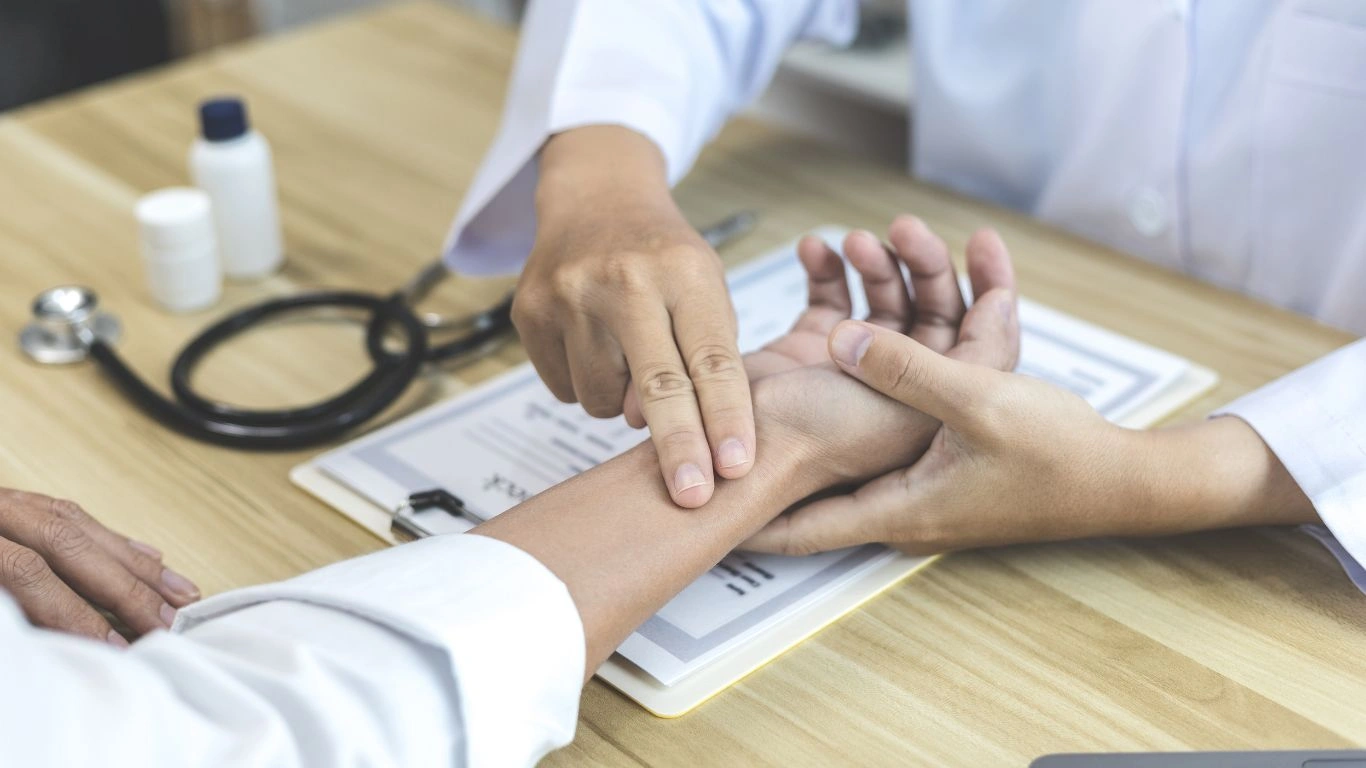
Let’s get real for a second—your body isn’t just sitting idle while you sleep. Blood pressure follows a natural circadian rhythm. Ideally, it should dip at night. But in a surprising number of my patients, especially those with resistant hypertension or underlying conditions like diabetes, that dip never happens. In fact, their BP stays the same or even rises—a phenomenon we call non-dipping. And guess what contributes to that? Poor bedtime routines, inconsistent medication timing, and even seemingly harmless late-night habits like doomscrolling or heavy snacking.
The Science Behind Nighttime Blood Pressure
When your head hits the pillow, your sympathetic nervous system (the “fight or flight” system) should slow down. But if your brain is still racing from caffeine, screen exposure, or anxiety, your body stays on alert mode. That’s not just bad for sleep—it keeps your BP elevated when it should be taking a breather.
Several landmark studies (like the MAPEC and Hygia trials) have shown that taking antihypertensive medications at night can significantly reduce cardiovascular risk. This is especially true for meds like ACE inhibitors, ARBs, and calcium channel blockers. But timing is just one part of the equation. You’ve also got to support those meds with solid sleep habits.
What I Recommend to My Own Patients
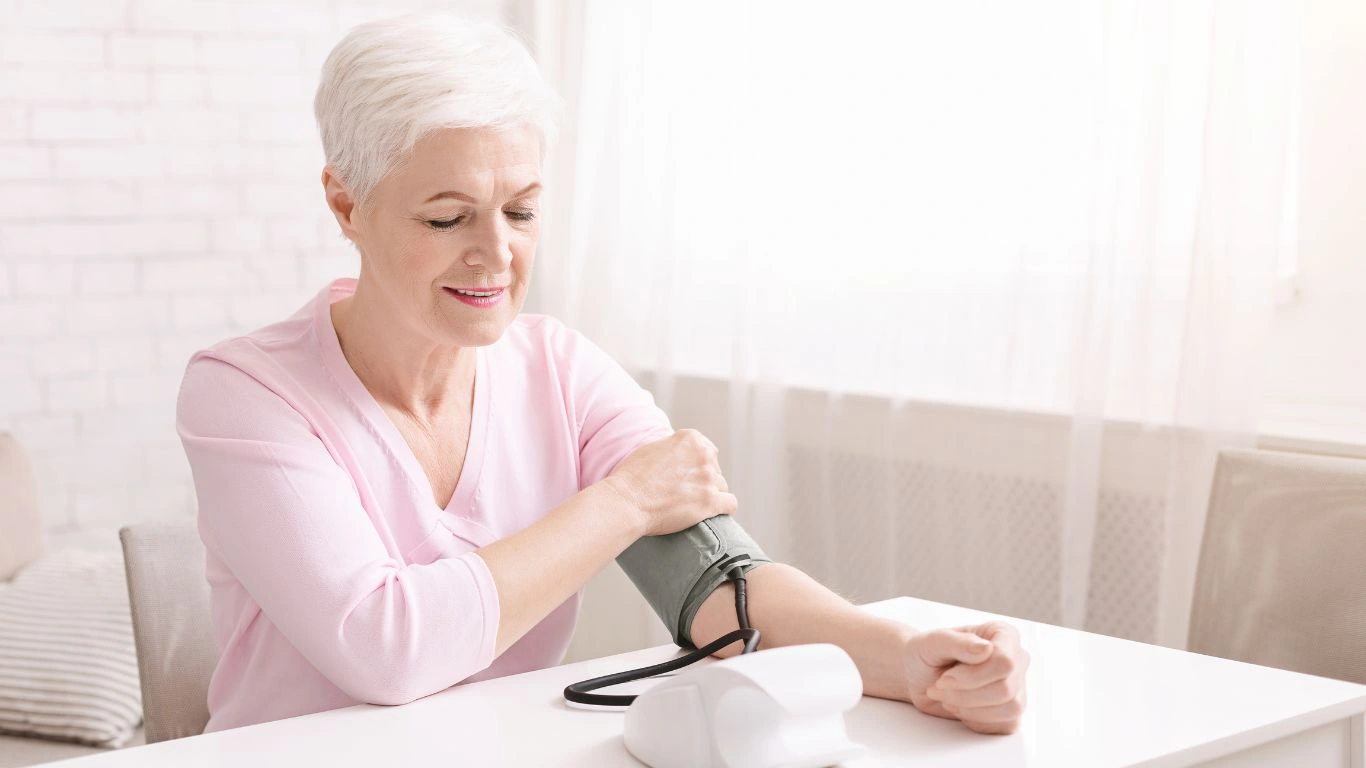
Here’s where I get a little personal. In my practice, I try to balance the science with what’s actually doable for people in the real world. I know no one’s living in a wellness bubble with a perfect 9 p.m. wind-down. But small, consistent changes make a massive difference. Here are a few habits I usually suggest:
1. Take medications at night (with your doctor’s green light)
Always chat with your provider first, but many people benefit from switching one or more BP meds to nighttime. I’ve seen morning numbers improve within weeks just from this simple tweak.
2. Ditch the screens 60 minutes before bed
This one’s hard—especially if you’re a night owl like me—but blue light seriously messes with melatonin and your ability to relax. Instead, I recommend:
- Switching to warm lighting after dinner
- Reading a book (yes, the old-school paper kind!)
- Trying a guided meditation app with screen dimming
3. Keep evening meals light and early
Late, heavy meals spike insulin and cortisol, which can push your blood pressure up just when it should be settling down. I usually tell patients to wrap up dinner by 7 PM and keep it simple: think grilled fish, leafy greens, or a veggie-rich soup.
4. Add a relaxing ritual
Everyone needs their version of a wind-down routine. For one of my patients, it’s a short walk after dinner with her dog. For another, it’s journaling in bed. Whatever soothes your nervous system and helps you feel grounded—that’s your nightly medicine.
Warning Signs Your Bedtime Habits Aren’t Helping
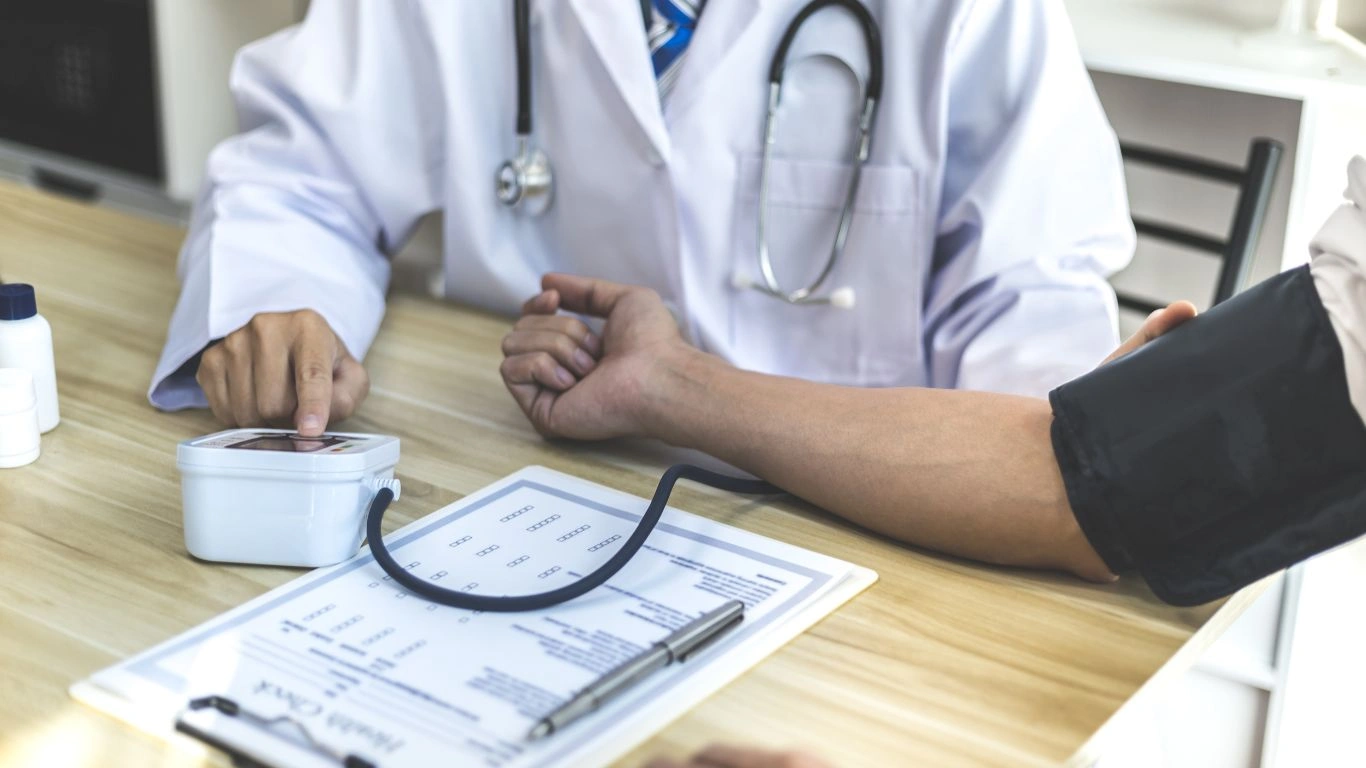
Some folks are shocked when I tell them their “normal” nighttime is part of their BP problem. If you notice any of these red flags, it might be time to reassess:
- Waking up with a headache or heavy head
- Feeling unrested despite 7–8 hours of sleep
- Morning BP readings higher than your evening ones
- Frequent nighttime bathroom trips (sometimes a sign of fluid shifts or poor control)
Of course, everyone’s different, and not every symptom points straight to hypertension—but if any of this sounds familiar, bring it up at your next check-in. Trust me, you’re not being dramatic—it’s valid, and it’s treatable.
How Stress and Sleep Apnea Sneak Into Your Bedtime Routine

Now, here’s something I wish more people knew: even if your routine looks good on the outside, hidden stressors and undiagnosed sleep issues can completely derail your progress. I once had a patient—a super health-conscious guy in his 50s—who was doing everything “right,” but his blood pressure just wouldn’t budge. Turns out, he had moderate sleep apnea and sky-high nighttime cortisol from chronic stress at work. Once we got him a CPAP and encouraged some legit work-life balance? Boom. His BP dropped like magic.
Chronic stress doesn’t clock out at bedtime
Even if you’re lying in bed, your mind might still be in “fight or flight” mode. Cortisol stays elevated, your heart rate creeps up, and—yep—you stay hypertensive overnight. To really get ahead of this, I suggest:
- Establishing a no-email rule after 8 PM
- Using aromatherapy (lavender oil is a personal favorite in my own home)
- Practicing 4-7-8 breathing for 3–5 minutes before lights out
Watch out for sleep apnea symptoms
Here’s a quick list I often run through with patients:
- Loud snoring (your partner probably knows)
- Waking up gasping or choking
- Dry mouth or sore throat in the morning
- Excessive daytime sleepiness despite “enough” hours in bed
If any of those ring a bell, ask your doc about a sleep study. Untreated apnea is one of the biggest barriers to successful blood pressure management, especially at night.
Building the Best Antihypertensive Bedtime Routines
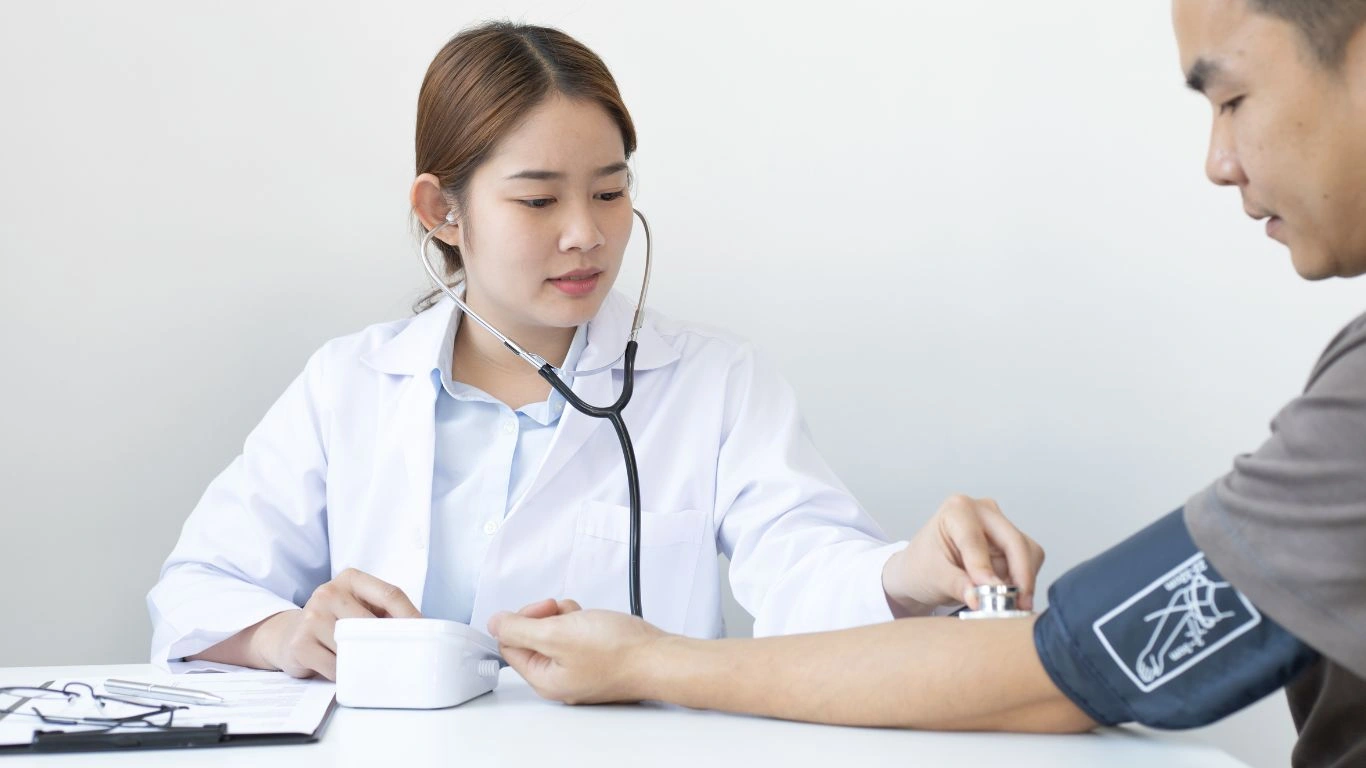
So let’s put all of this together in a routine that’s simple but powerful. Over time, I’ve helped dozens of patients craft nighttime habits tailored to their schedules and lifestyles. There’s no one-size-fits-all, but I can tell you what consistently works well across the board.
Here’s a bedtime game plan I commonly recommend:
- 7:00 PM – Light dinner: Keep it low in sodium and avoid alcohol (yes, even that “heart-healthy” glass of wine).
- 8:00 PM – Gentle movement: Take a 10-15 minute walk or do light stretches. Nothing intense.
- 8:30 PM – Screen off, lights dimmed: Switch to warm lighting. Try some reading or journaling.
- 9:00 PM – Nightly medication (if prescribed): This is when I typically have patients take their evening dose of antihypertensives, depending on their med regimen and physician recommendations.
- 9:30 PM – Relaxation technique: Whether it’s prayer, deep breathing, or listening to calming music—wind the mind down too.
- 10:00 PM – Lights out: Consistency is key. Try to stick to the same bedtime every night, even on weekends.
This isn’t a rigid checklist—it’s a flexible framework. The best antihypertensive bedtime routines aren’t about perfection; they’re about pattern and intention.
Tracking Progress Without Getting Obsessed

I always encourage home BP monitoring, but let me be clear: don’t drive yourself nuts over every number. What we’re looking for are trends, not daily perfection. I usually suggest checking blood pressure:
- Right after waking up (before meds or coffee)
- Once in the evening, ideally before your wind-down routine
Keep a log—whether it’s an old-school notebook or a smart BP cuff app—and bring that data with you to your appointments. It’s incredibly helpful for spotting patterns and tweaking your routine. Sometimes we’ll find the evening number is creeping up again, and that’s our cue to recheck sleep quality or stress levels.
When to Talk to Your Doctor Again
Look, you know your body better than anyone. If you feel like something’s off, it probably is. Some signs it’s time to check in include:
- Consistently high morning BP readings despite your bedtime meds
- New or worsening fatigue
- Increased nighttime urination (could be heart or kidney-related)
- New symptoms like dizziness, palpitations, or chest discomfort
As physicians, we want to hear these things early—not after something major happens. I always tell patients: your job is to pay attention; my job is to help you interpret what you’re noticing.
We’re aiming for sustainable, long-term control—not quick fixes. And the most underrated tool in that process? A rock-solid, blood-pressure-friendly bedtime routine that works with your lifestyle, not against it.
Natural Supplements and Herbal Supports That May Help
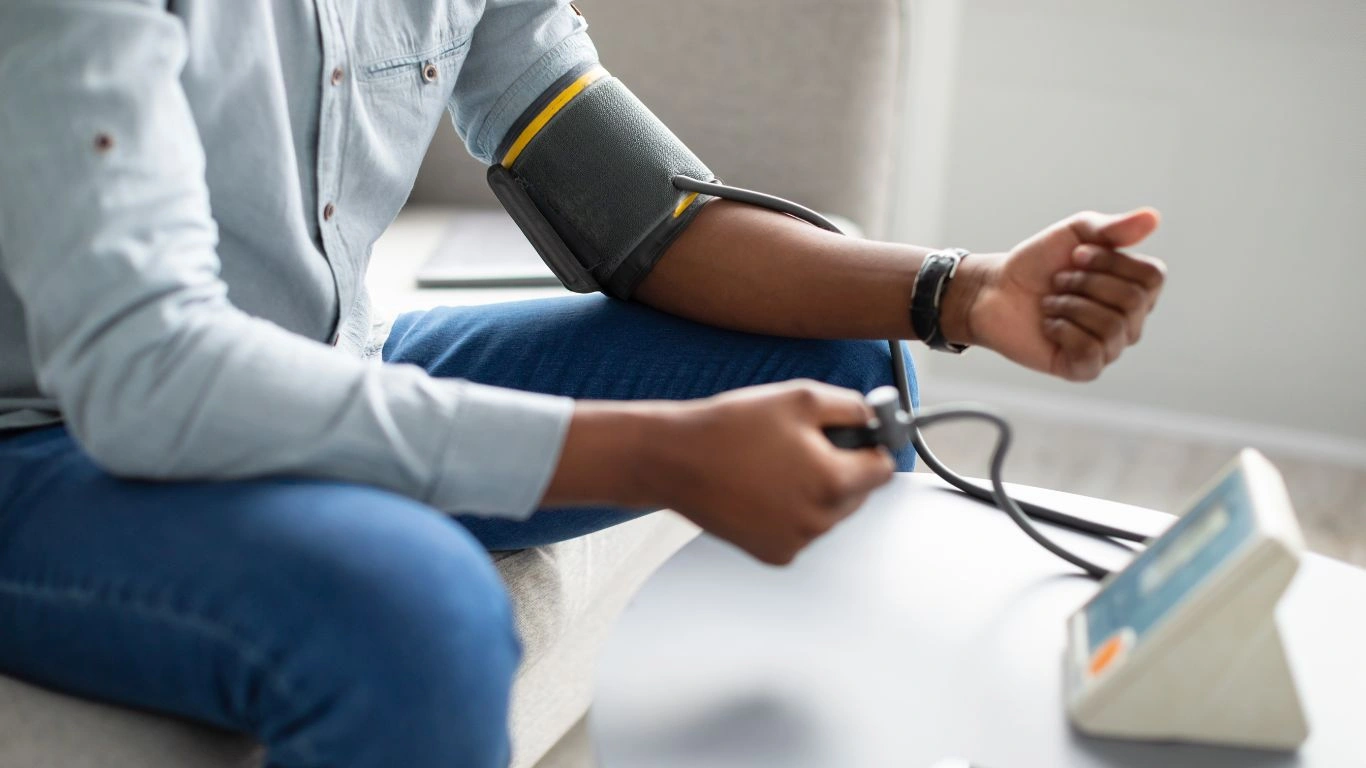
Let me preface this by saying: supplements are never a substitute for prescription meds when they’re needed—but when used wisely, they can be a fantastic add-on. I’ve had a number of patients see meaningful improvements in their nighttime blood pressure and sleep quality after incorporating targeted, evidence-informed supplements into their routines. The trick is being selective and safe.
Magnesium Glycinate
This one comes up a lot in my practice. Magnesium supports vascular relaxation and has a calming effect on the nervous system. I often recommend magnesium glycinate over other forms because it’s gentle on the stomach and more bioavailable. Patients frequently report better sleep, fewer muscle cramps, and even lower morning BP readings over time.
L-theanine and Lemon Balm
If you’re wound tight before bed, these two are worth considering. L-theanine is an amino acid found in green tea that promotes calm without drowsiness, and lemon balm is a mild herbal anxiolytic. I’ve had patients brew lemon balm tea after dinner or take a combined capsule about 30–60 minutes before lights out.
Omega-3s
While not strictly for bedtime, omega-3s (especially EPA and DHA) have well-documented cardiovascular benefits, including reductions in resting blood pressure. Evening dosing works fine if it suits your schedule, especially if you’re prone to “fish burps” during the day. Just be sure your supplement is third-party tested for purity.
Important:
Always consult with your physician before adding any supplement—especially if you’re already on antihypertensives. Interactions are real. For example, magnesium can amplify the effects of certain calcium channel blockers. I’ve had to adjust dosages for patients after we realized their “natural add-ons” were working a bit too well.
When You’ve Tried Everything and It’s Still Not Working
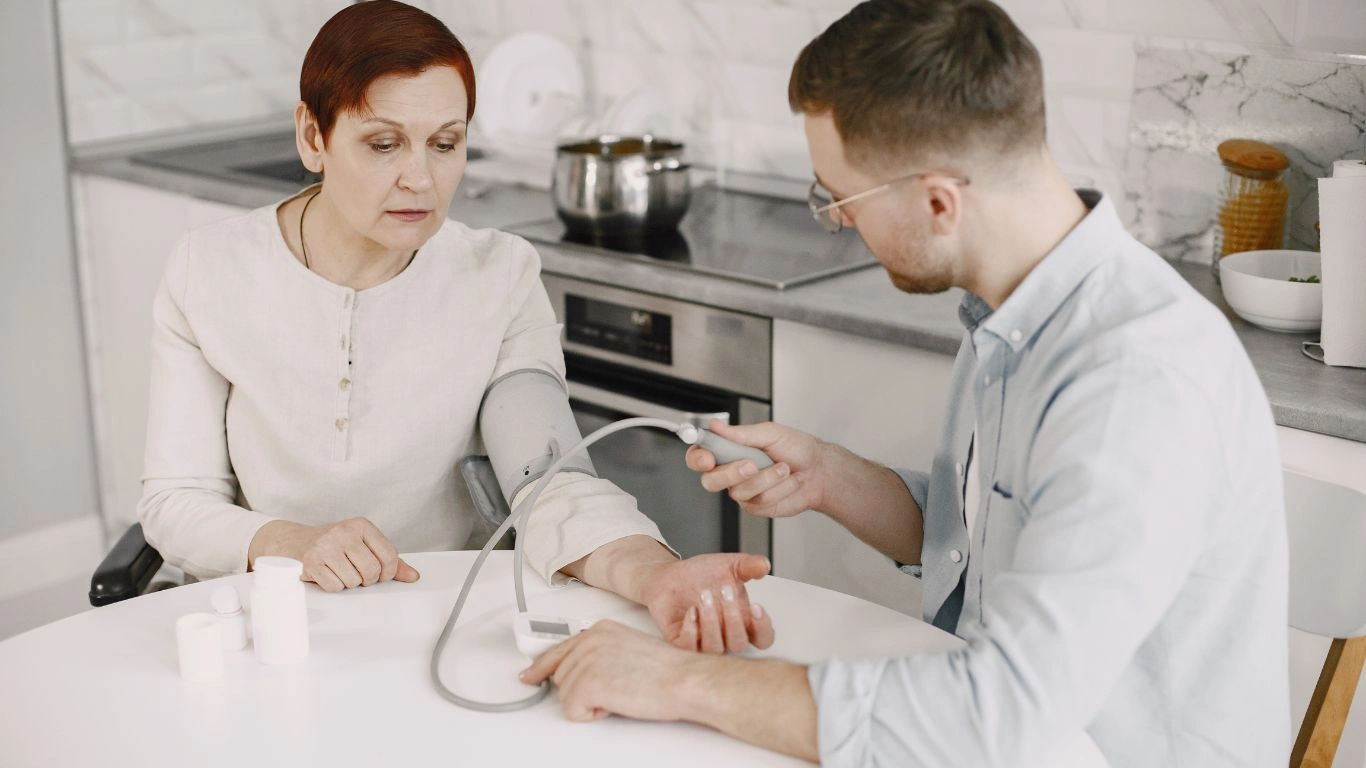
This is where things get trickier—and where experience as a physician really matters. I’ve seen patients feel totally defeated after weeks of clean eating, bedtime med adjustments, deep breathing exercises, and still waking up with elevated numbers. If that’s you, first of all—you’re not alone, and it’s not your fault.
Consider secondary hypertension causes
Sometimes we’re dealing with a hidden driver that needs addressing. A few things I check when BP won’t respond to lifestyle and meds:
- Primary aldosteronism (hormonal issue from the adrenal glands)
- Renal artery stenosis (narrowing of arteries to the kidneys)
- Chronic kidney disease progression
- Obstructive sleep apnea (repeating this one because it’s *that* common)
These aren’t always easy to spot, but they’re not rare either. Lab work, imaging, or a referral to a specialist can make a huge difference. I’ve had more than one patient break into tears (of relief!) after finally getting a diagnosis and realizing it wasn’t “just stress.”
Revisit the meds with your doctor
Sometimes we need to add a bedtime dose, change the type of med, or use a combination approach. There’s no shame in needing more than one agent. I always remind my patients that it’s about control and protection—not hitting some magic “one pill only” milestone. The best antihypertensive bedtime routines often include a tailored pharmacological plan, and that’s okay.
Building a Long-Term Lifestyle You Can Actually Stick With
At the end of the day, routines only work if they’re sustainable. It doesn’t have to be Instagram-worthy. Some of my most successful patients still have messy kitchens and skip workouts now and then—but they’ve found rhythm and consistency in the areas that matter most. That’s what we’re after.
Here are a few questions I ask patients to reflect on every few months:
- Is my bedtime consistent?
- Am I sleeping deeply, and waking up rested?
- Are my evening habits supporting or sabotaging my BP goals?
- Do I feel like I’m working with my body—or fighting it?
If the answer is off-track, it’s not a failure—it’s just a signal to reassess. Small tweaks can lead to big results. And if you’re unsure where to begin, start by improving just one thing this week. Maybe it’s taking your meds with a warm cup of herbal tea. Maybe it’s switching your scrolling time for a 10-minute meditation. Just start somewhere.
References
- American Heart Association
- Sleep Foundation
- National Heart, Lung, and Blood Institute
- National Library of Medicine (PubMed)
Disclaimer
This article is for educational purposes only and does not constitute medical advice. Always consult with your physician or healthcare provider before making changes to your medication, supplement regimen, or lifestyle—especially if you have underlying conditions or take prescription medications.

Dr. Gwenna Aazee is a board-certified Internal Medicine Physician with a special focus on hypertension management, chronic disease prevention, and patient education. With years of experience in both clinical practice and medical writing, she’s passionate about turning evidence-based medicine into accessible, actionable advice. Through her work at Healthusias.com, Dr. Aazee empowers readers to take charge of their health with confidence and clarity. Off the clock, she enjoys deep dives into nutrition research, long walks with her rescue pup, and simplifying medical jargon one article at a time.


